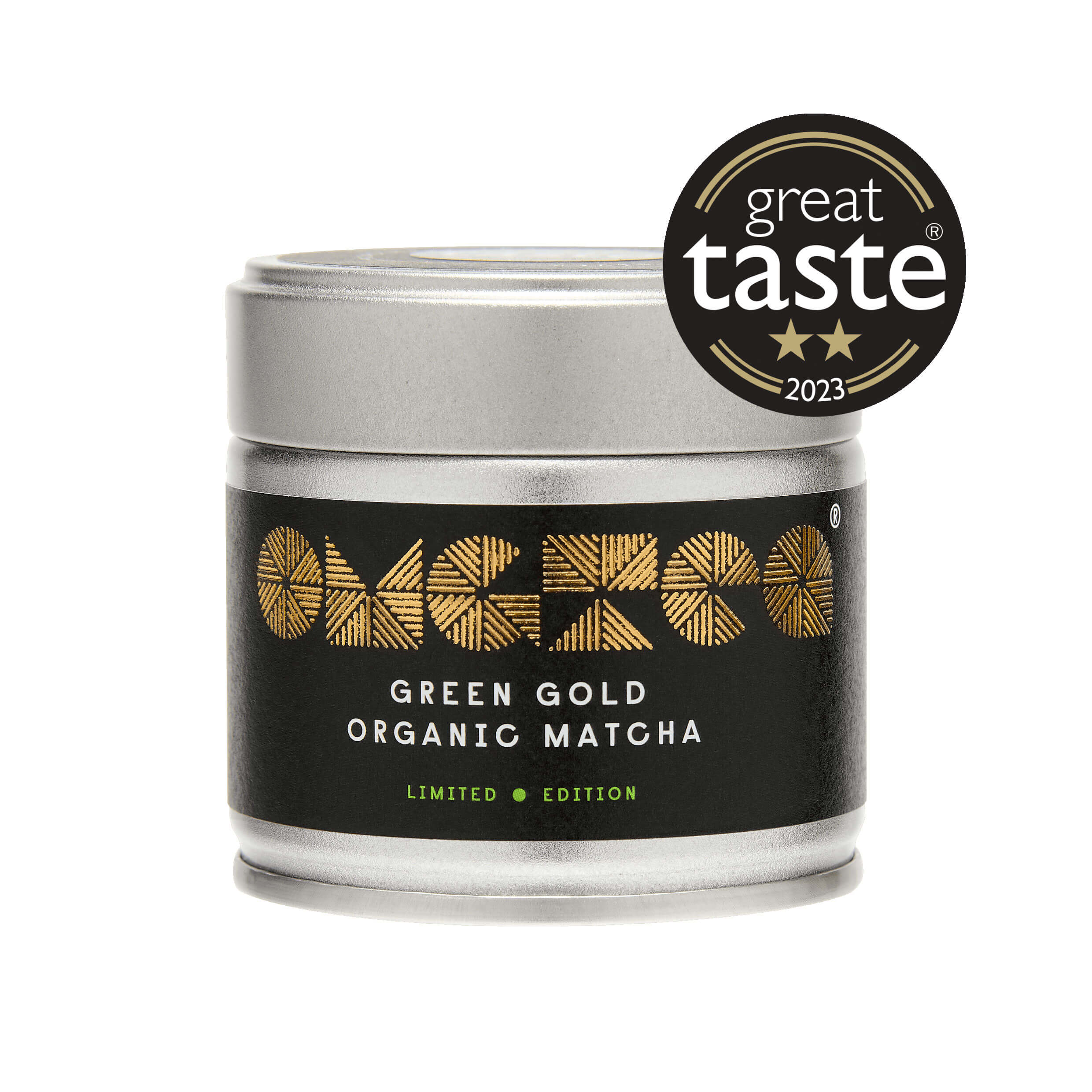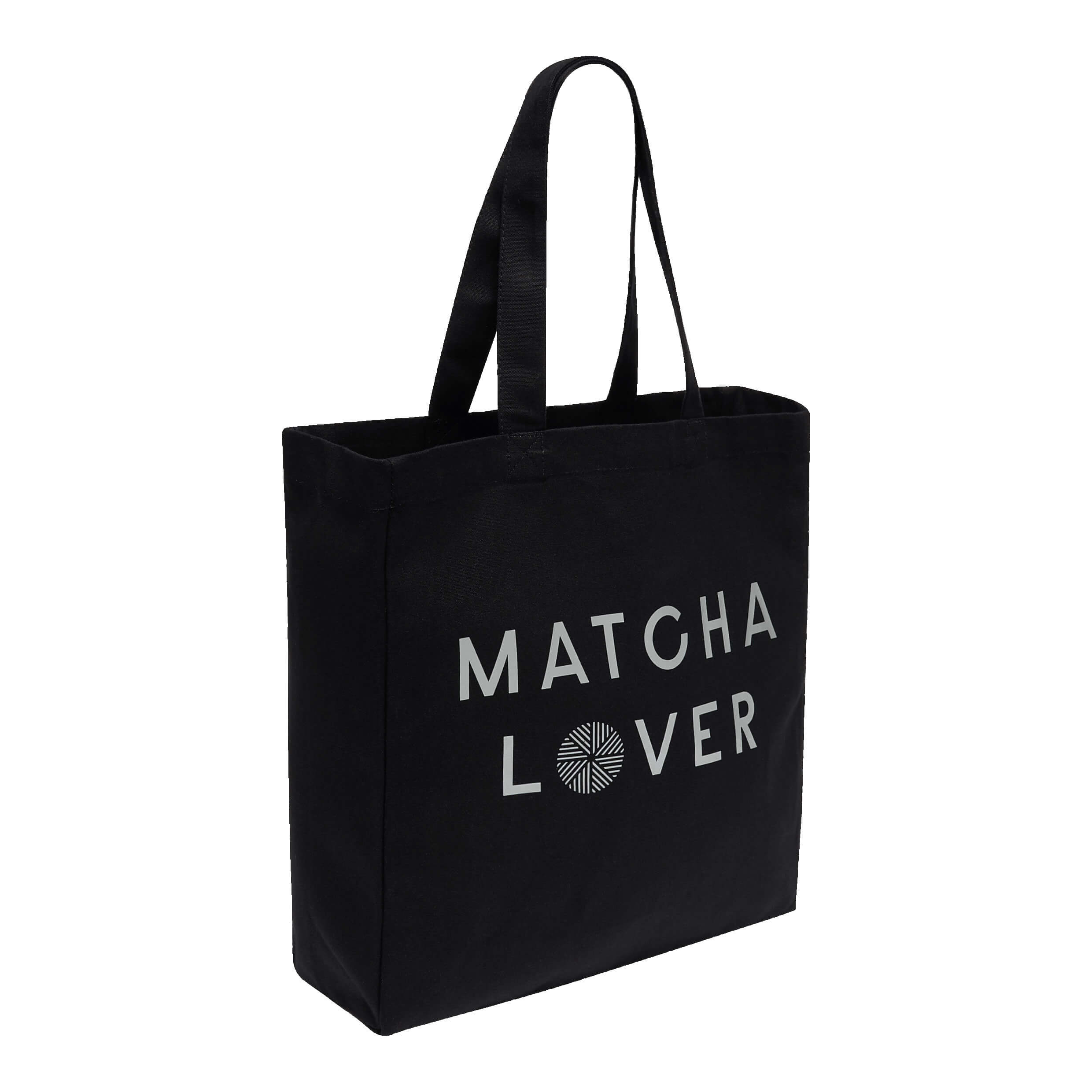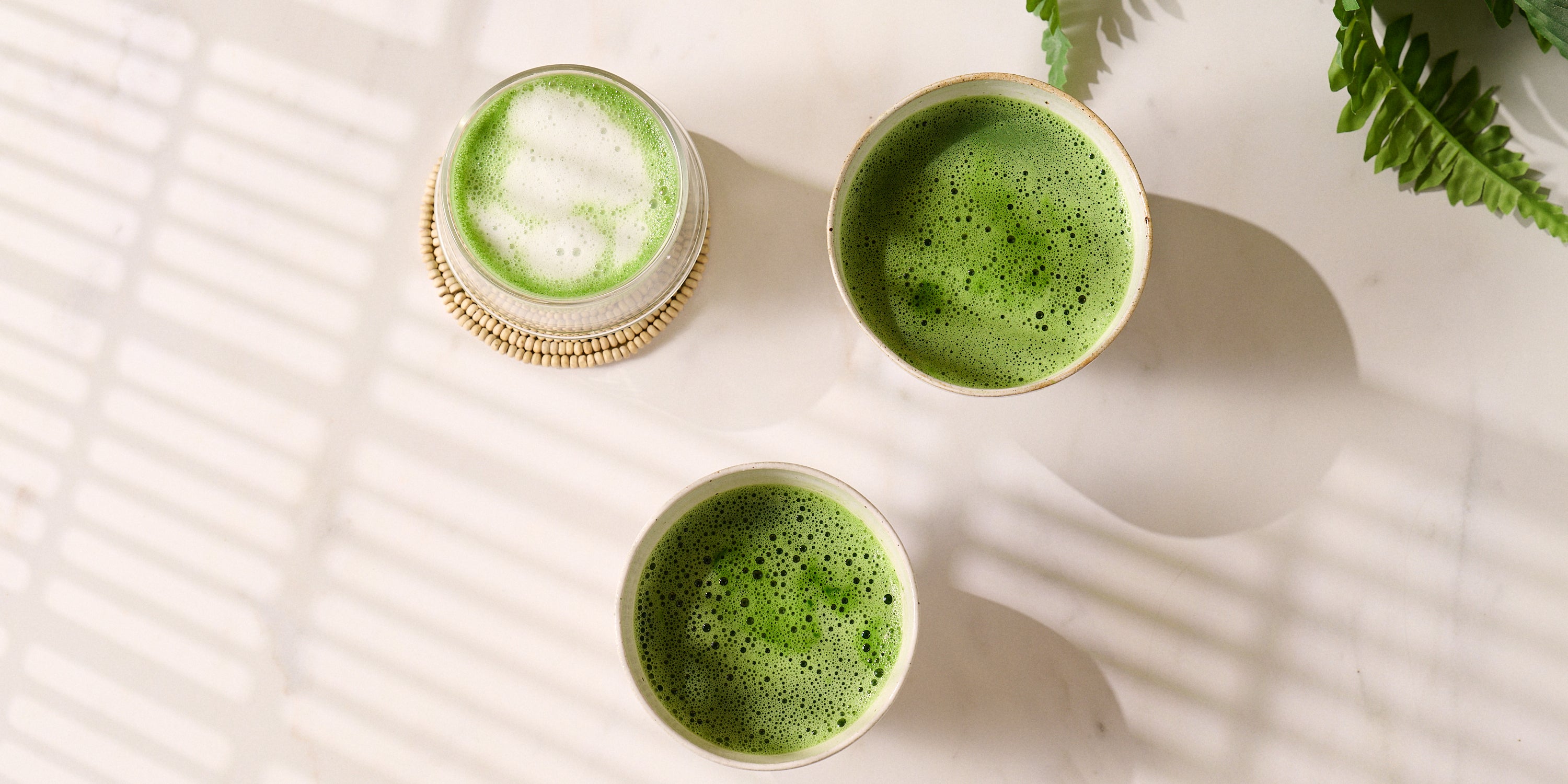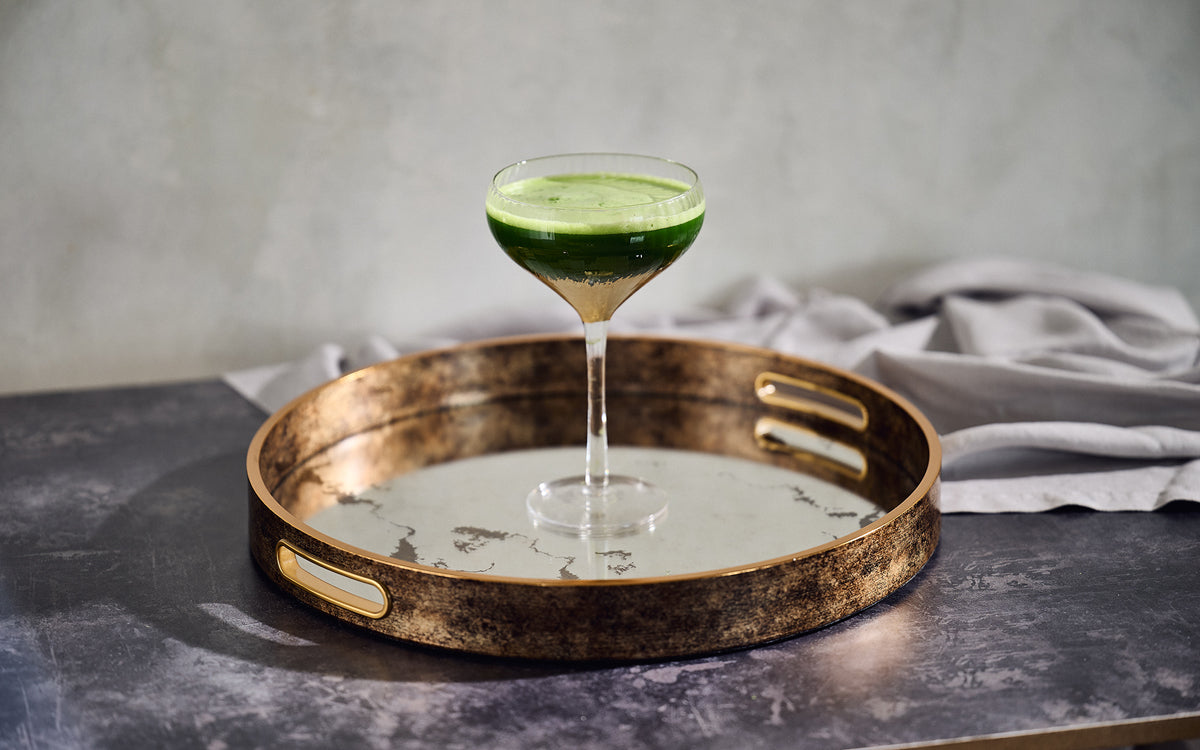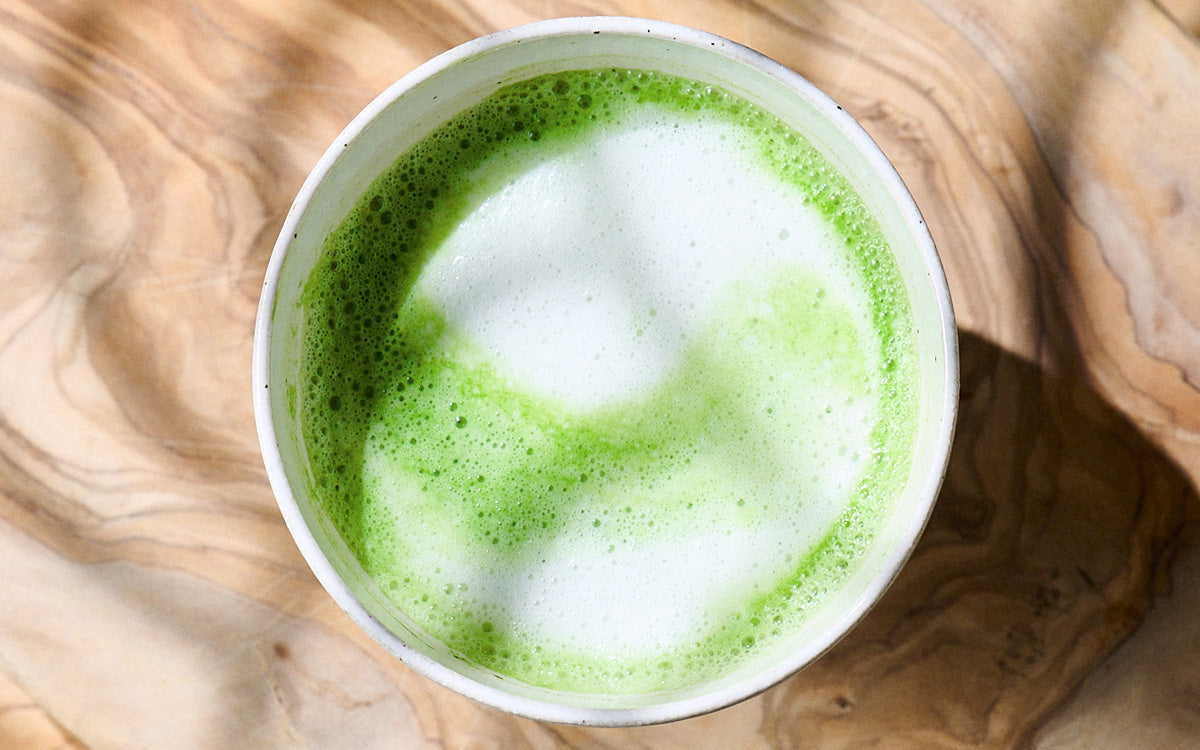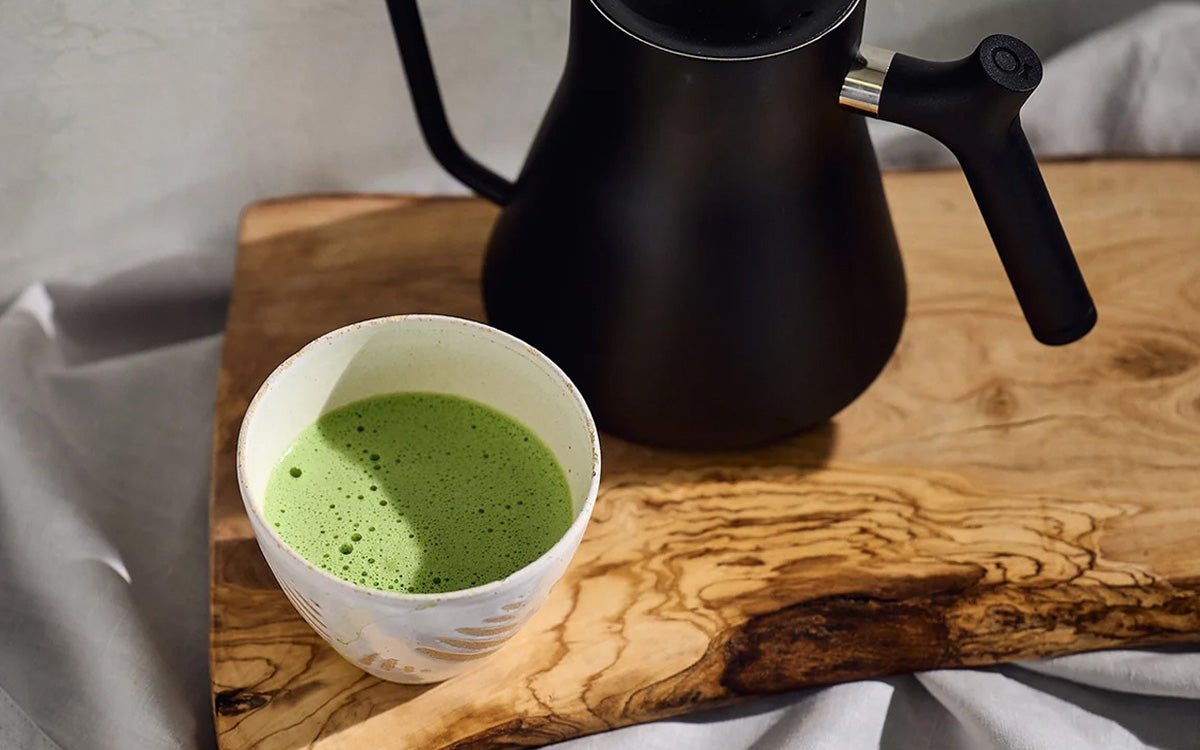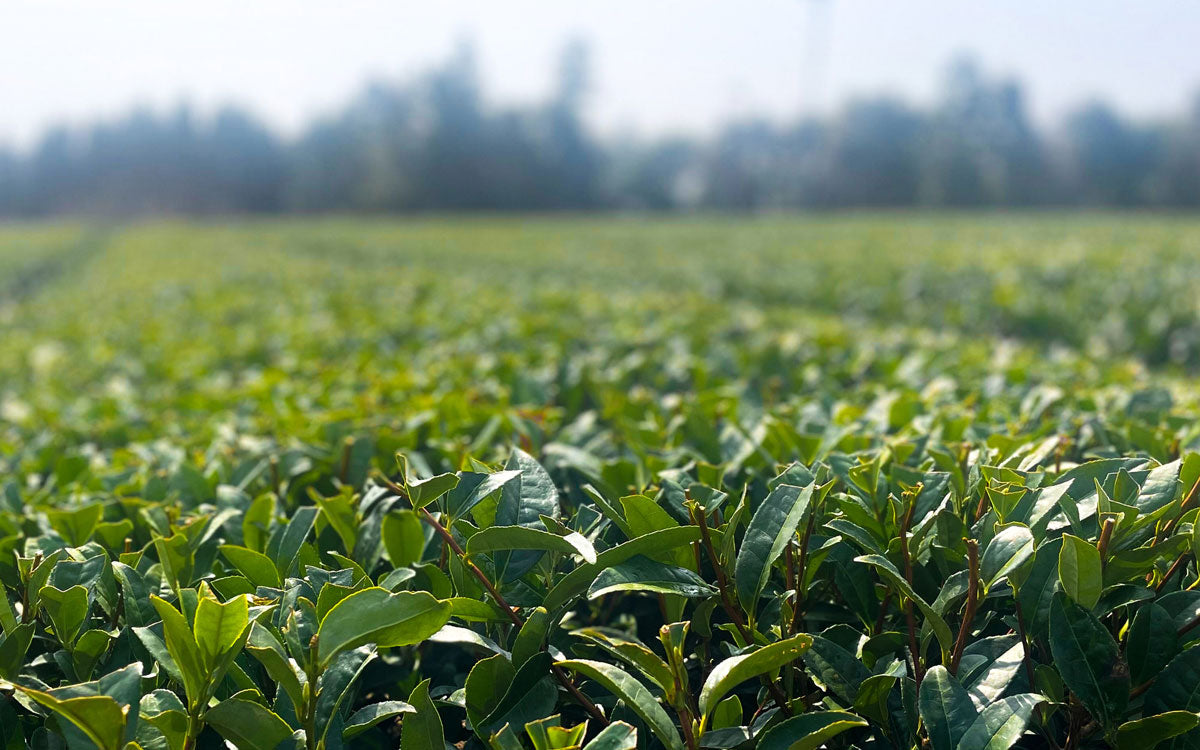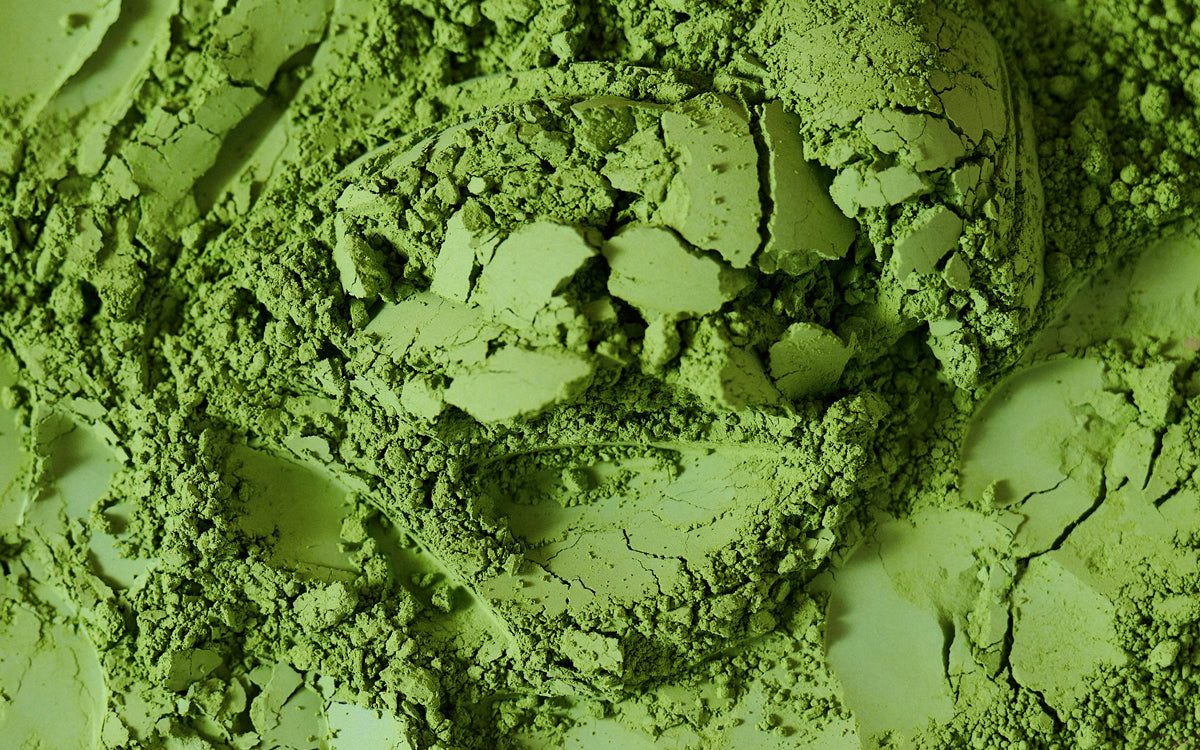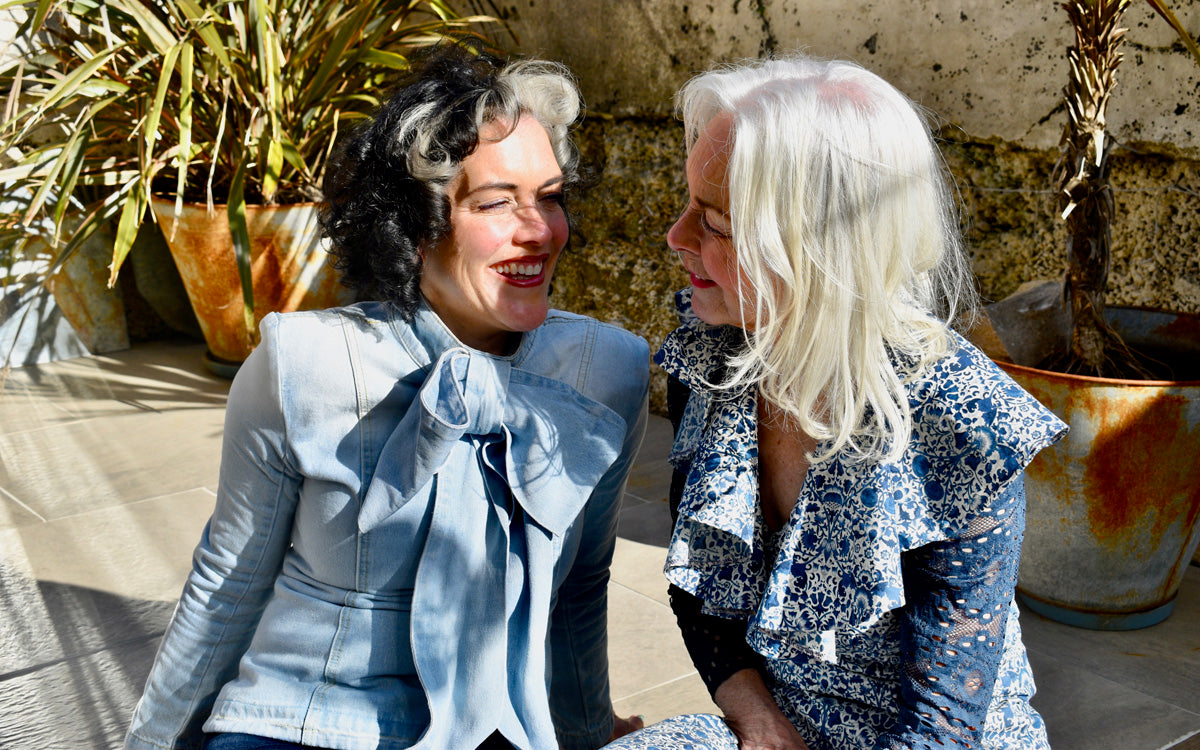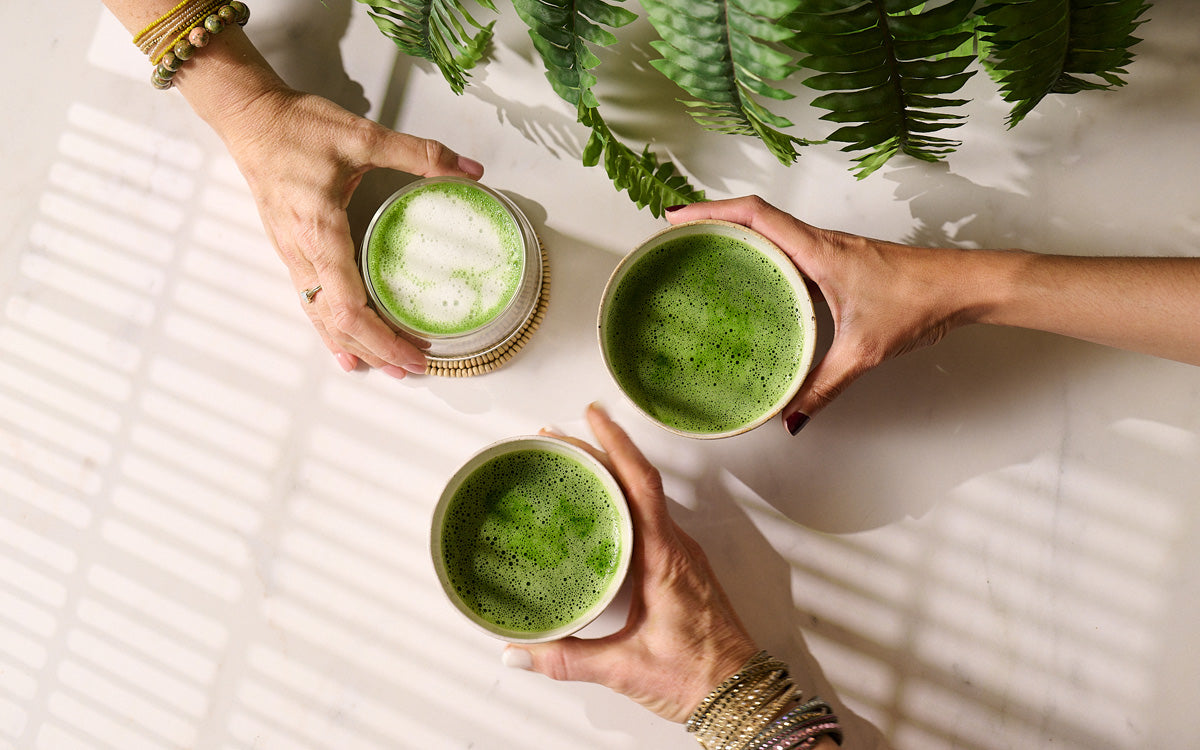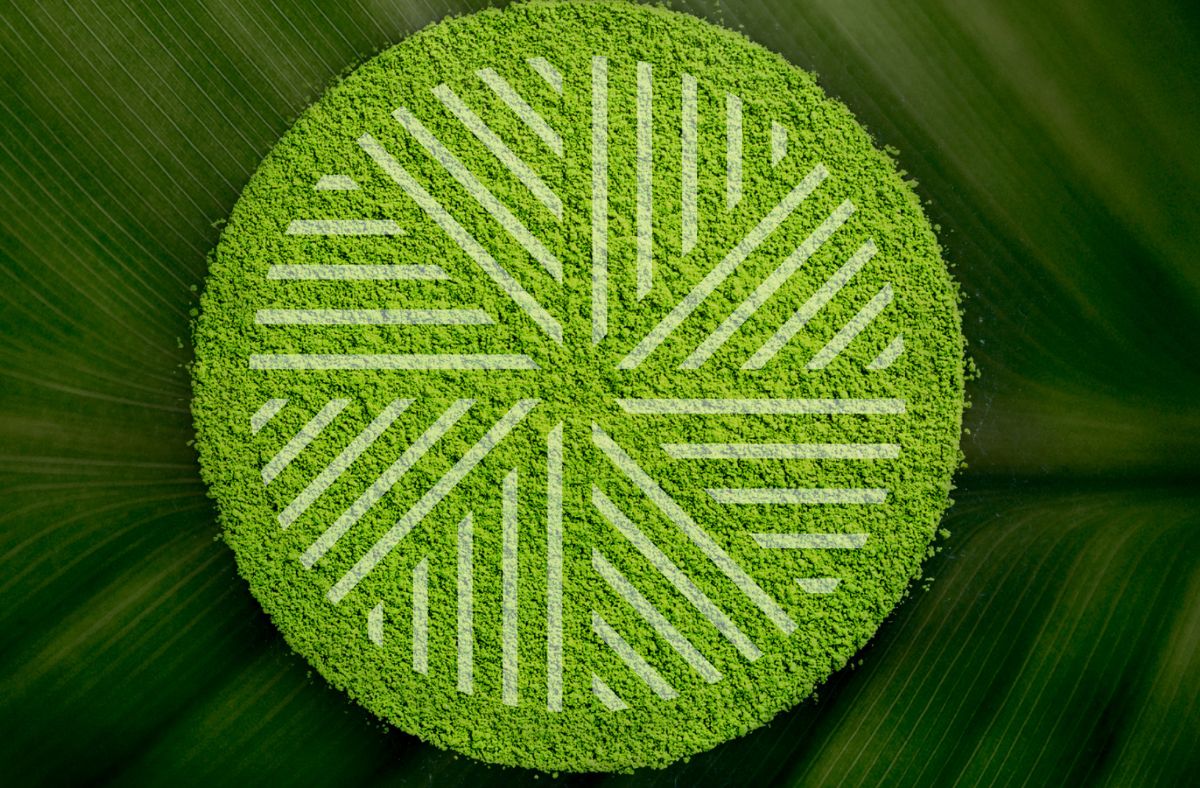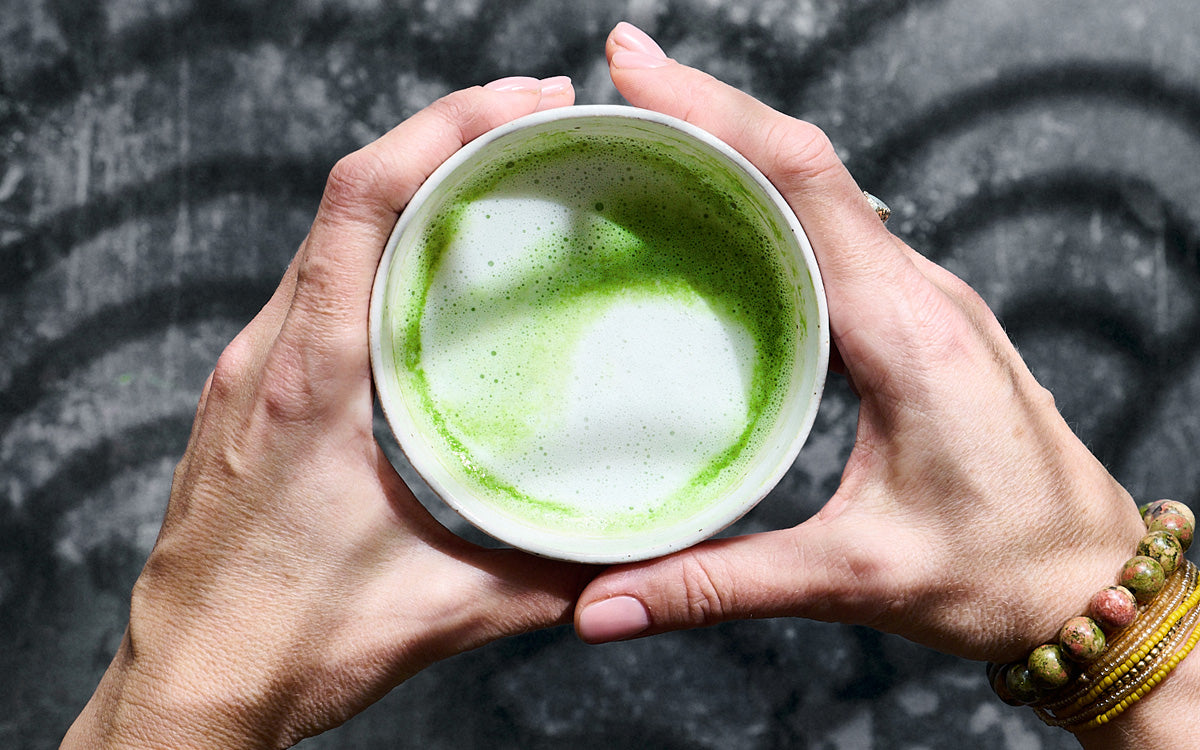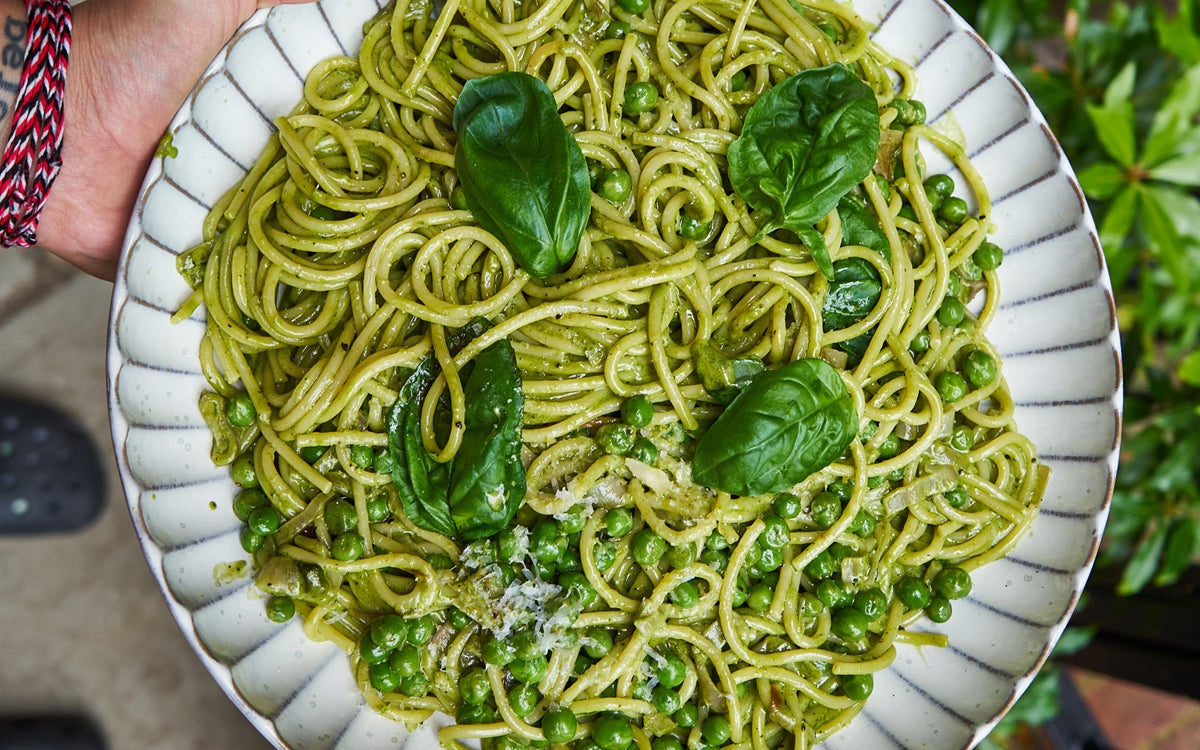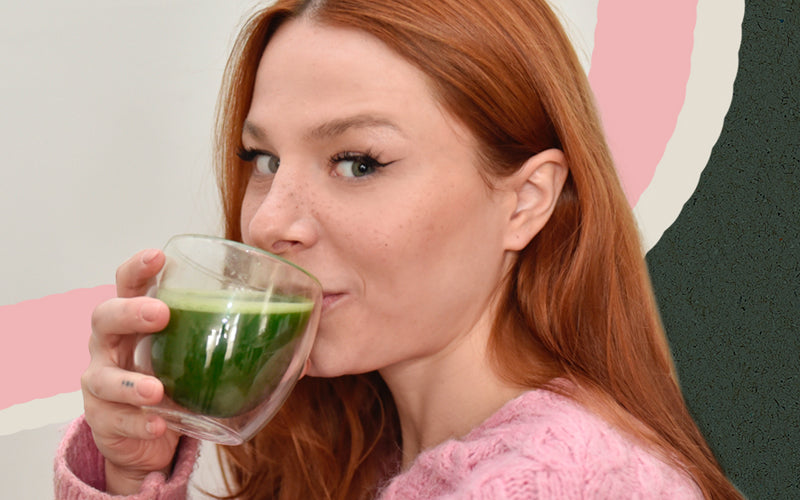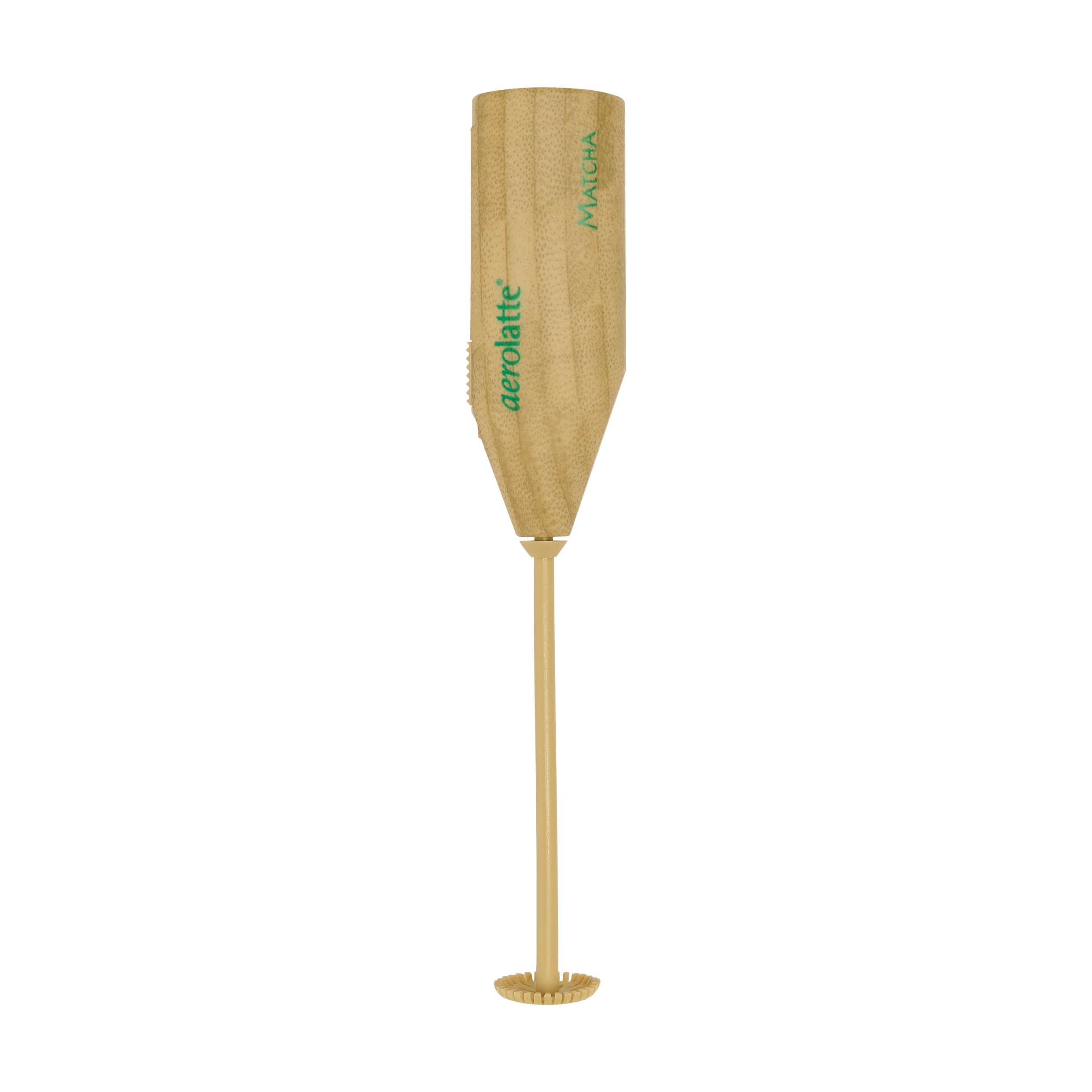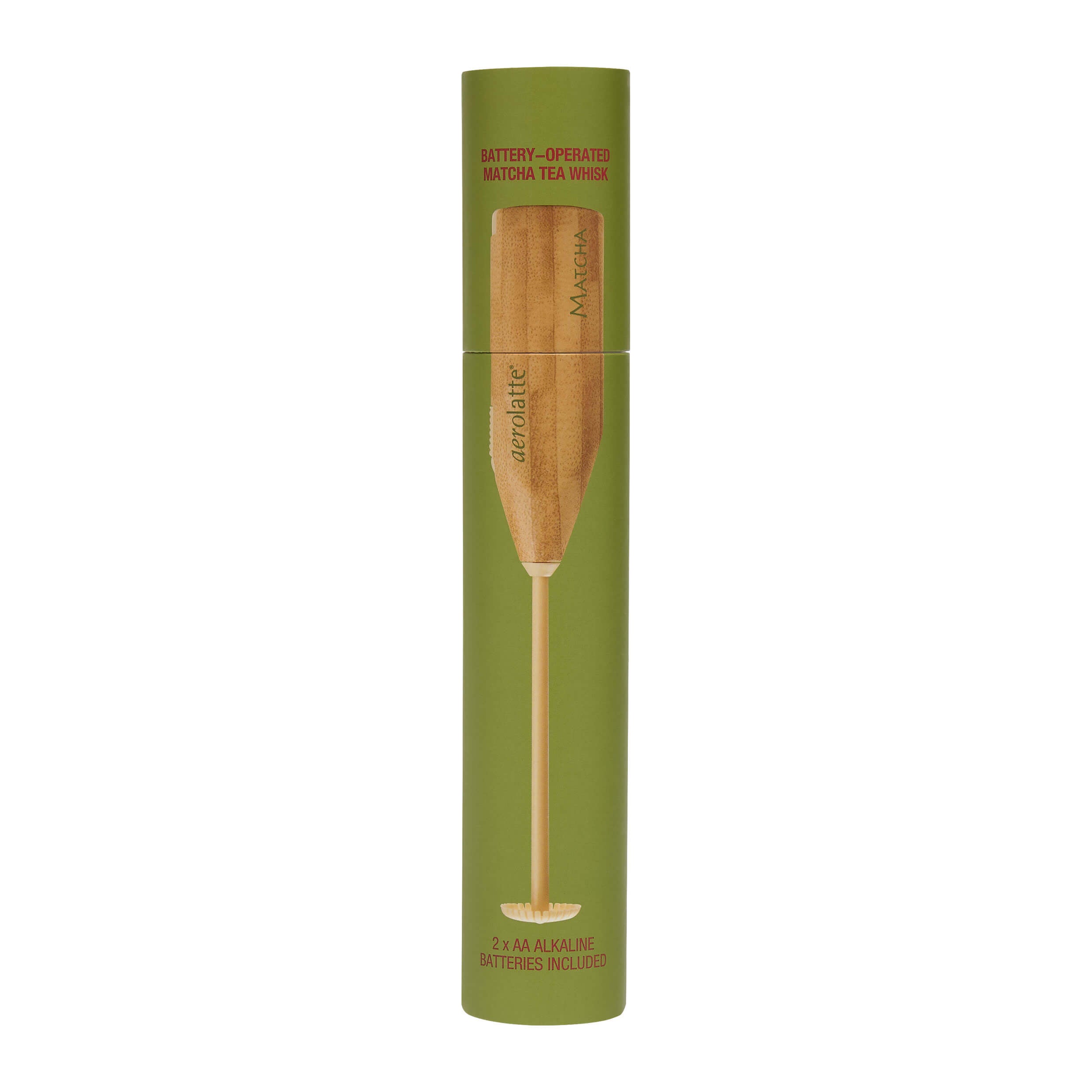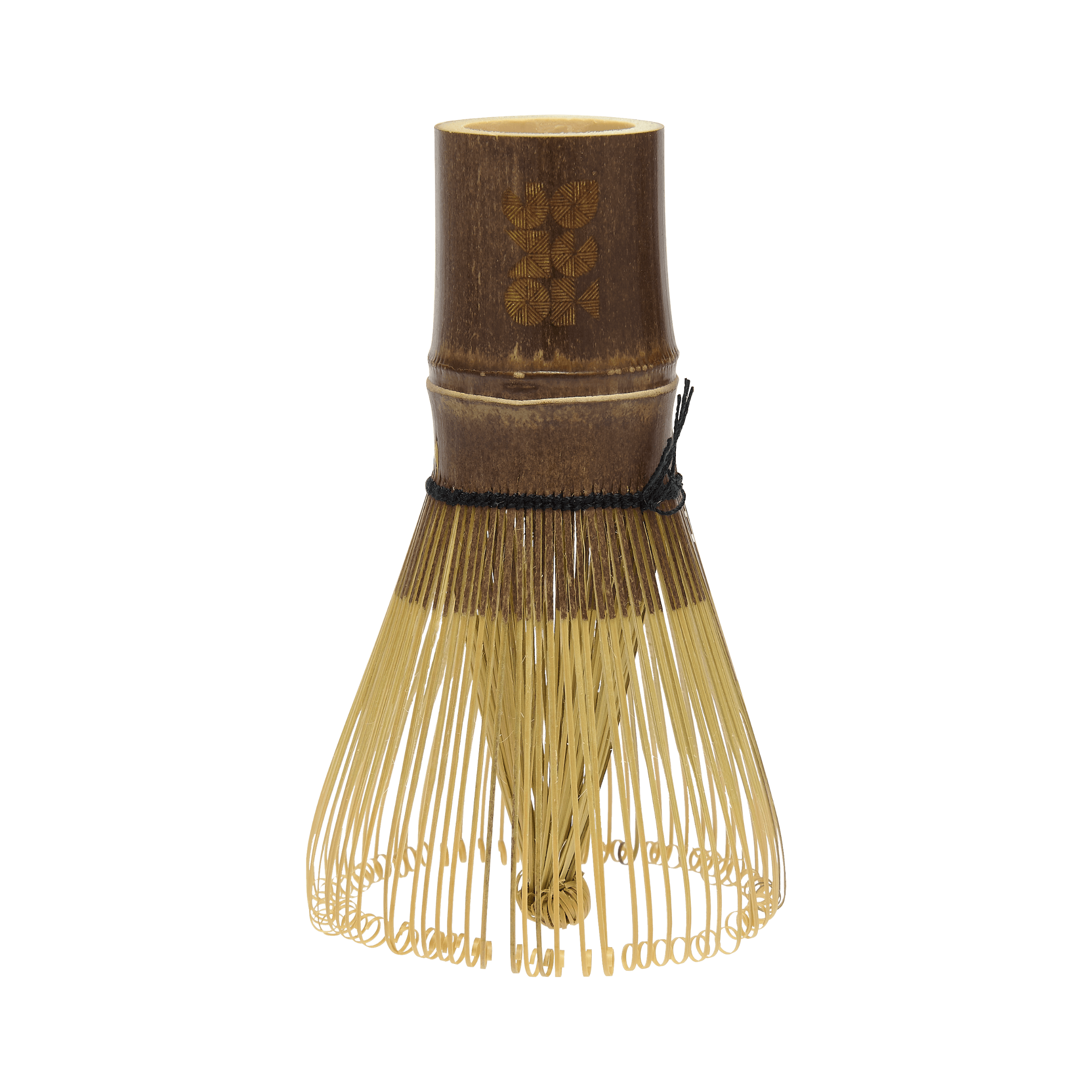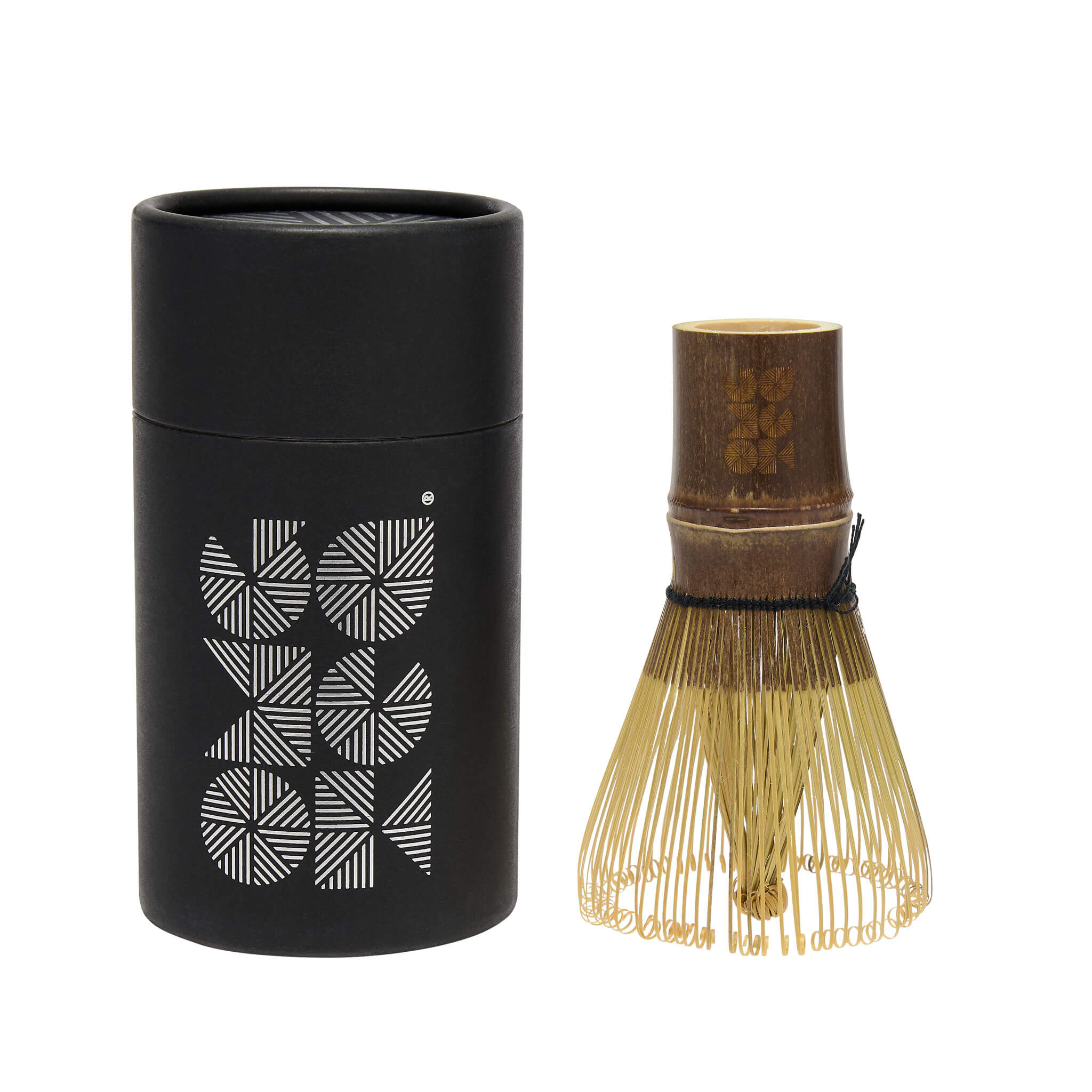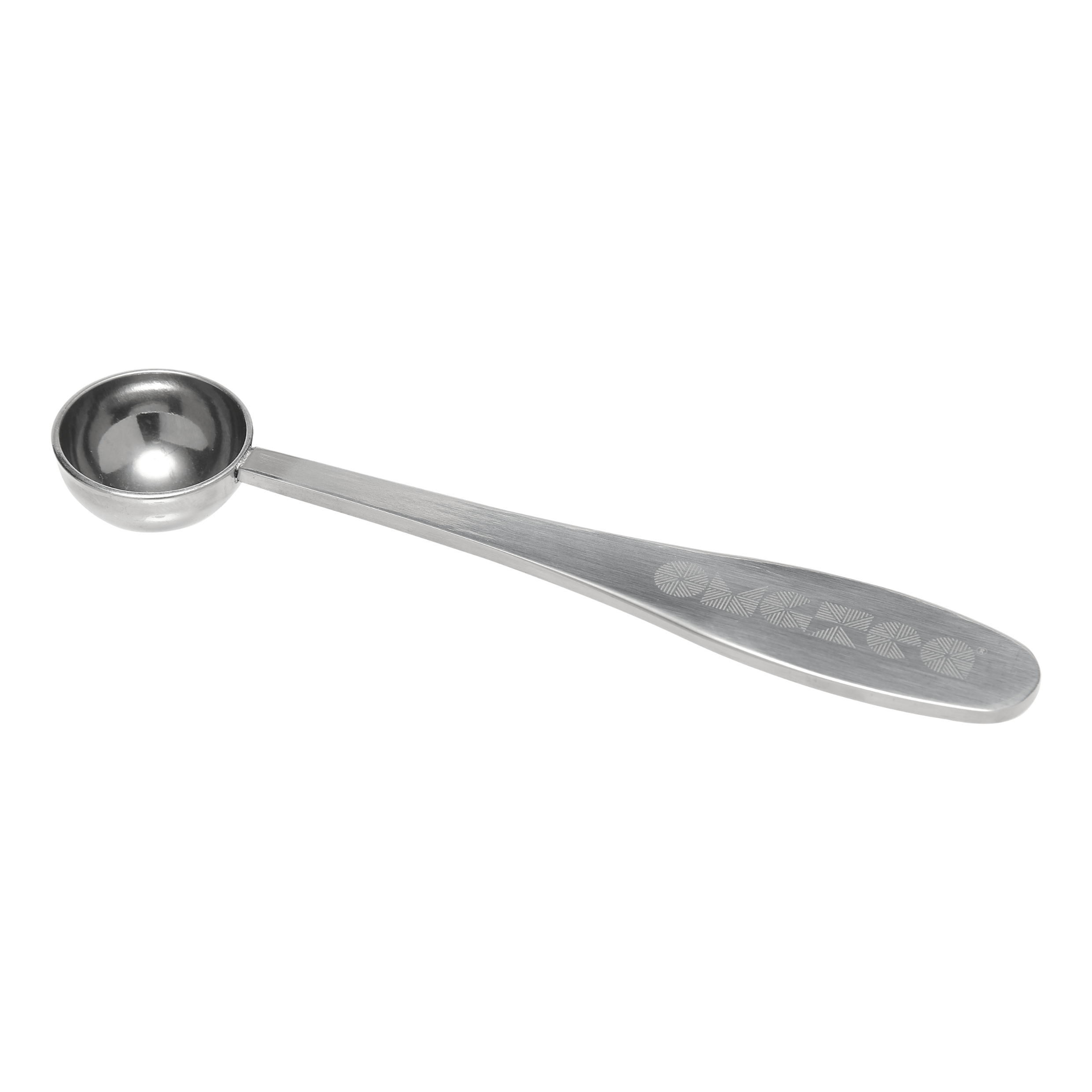HOW IS GOOD QUALITY MATCHA CULTIVATED?
True matcha is of Japanese origin only. It is made from tea leaves that are shaded from direct sunlight 3 to 4 weeks before harvest. This slows growth resulting in long slender leaves and weak stems. It also stimulates the production of detoxifying chlorophyll.
The increased levels of chlorophyll cause the tea leaves to become a darker shade of green. The amino acid levels in the tea also increase significantly, particularly L-theanine, the amino acid that slows caffeine absorption and is responsible for bestowing a calm sense of alertness. The higher percentage of amino acids in true matcha tea is why it is naturally sweeter and creamier to taste.
When ready for harvest, only the finest tea leaves from the top of the plant are hand-picked. The leaves are steamed and freeze dried and the veins and stems of the leaves are removed. The leaves are then ground with granite millstones to a very fine, bright green powder. It takes up to an hour to grind just 30 grams. Grinding it any faster would burn the tea making it bitter and degrading the nutrients.
So now you know how good quality Matcha is cultivated but how do you tell a good quality vs. a poor quality one when looking on shelf or trying it for the first time? To help you navigate the Matcha category, we have put together a list of key areas to consider
You might ask…as long as a brand is labelled ‘Ceremonial’ then it is going to be good quality, right? Unfortunately, this is not always the case. More and more we are seeing low quality and non-Japanese brands labelling their products as ‘ceremonial’ when they clearly are not. It is, therefore, important to look at a combination of criteria when shopping the category.
ORIGIN
Matcha means powdered leaf in Japanese and true Matcha is of Japanese origin only. The Japanese have exacting standards for Matcha cultivation and manufacture and authentic Matcha requires the special geography, latitude, climate, weather patterns and soil of Japan.
There are many brands on the market claiming to be Matcha that are from China or other countries. These brands are not authentic Matcha.
PRICE
Like many things in life, you get what you pay for when it comes to Matcha. Quality Matcha isn’t cheap but nonetheless, the price can vary somewhat. Typically speaking, a 30 gram tin of ceremonial grade matcha ranges between £15 to £40. Anything cheaper is usually in the lower quality range. There are plenty of brands selling below the £15 mark, but they will be bitter in taste, less healthful and certainly not of ceremonial standard.
COLOUR
Quality Matcha is a vibrant green. The greener the better! Matcha is shade-grown which results in a significant increase in the production of chlorophyll and L-theanine. These are the critical Matcha ingredients that gives it its nice bright green colour. Lower quality Matcha, by comparison, tends to be made up of leaves that have not been properly shaded, or that may be older and/or harvested from lower on the stalk of the plant; and therefore, the colour will not be bright green.
TASTE
When we speak to people at shows and events, they sometimes tell us that they don’t like Matcha because it’s bitter in taste or gritty in texture. We explain that they must have tried a low-quality product and ask them to try OMGTea Matcha. When they try it, they are amazed that this tea they thought was bitter and gritty is sweet and smooth.
Good quality matcha should have a sweet, vegetal smell to it. This comes from the amino acid called L-Theanine that is produced during the shading process. L-Theanine gives Matcha its’ refreshing, clean-drinking, green tea taste. Low quality Matcha lacks L-Theanine and therefore it tends to have a bitter and astringent flavour.
FEEL
The feel and texture of the Matcha powder is also an indicator of quality. A high grade Matcha is very fine and silky. Its particle size is only 5-10 microns, making it as fine as baby powder. A lower quality Matcha has a bigger particle size and will feel coarser when rubbed between your fingers. See our ‘finger test’ which demonstrates the difference between the two.
If you follow these five tips when choosing your matcha, you should end up with a good quality product but remember that the preparation of your cup of matcha is equally as important. We have included some guidelines for getting it right.
MAKE IT RIGHT
When preparing your cup of Matcha, it’s important to get the temperature right. Never heat water over 80°C as this will not only make the tea taste bitter, but it will also degrade the nutrients.
Good quality Matcha is microscopic so prone to lumps. The traditional way to make Matcha is with a chasen (bamboo whisk). Place a ½ teaspoon in your bowl or wide mouthed cup and add a small amount of 80°C water. Whisk into a paste using a zig zag motion and then add the remaining water. This will remove any lumps. If you don’t have a whisk, you can put the tea through a tea strainer, which is a great tool for removing lumps, and simply combine using a spoon.
